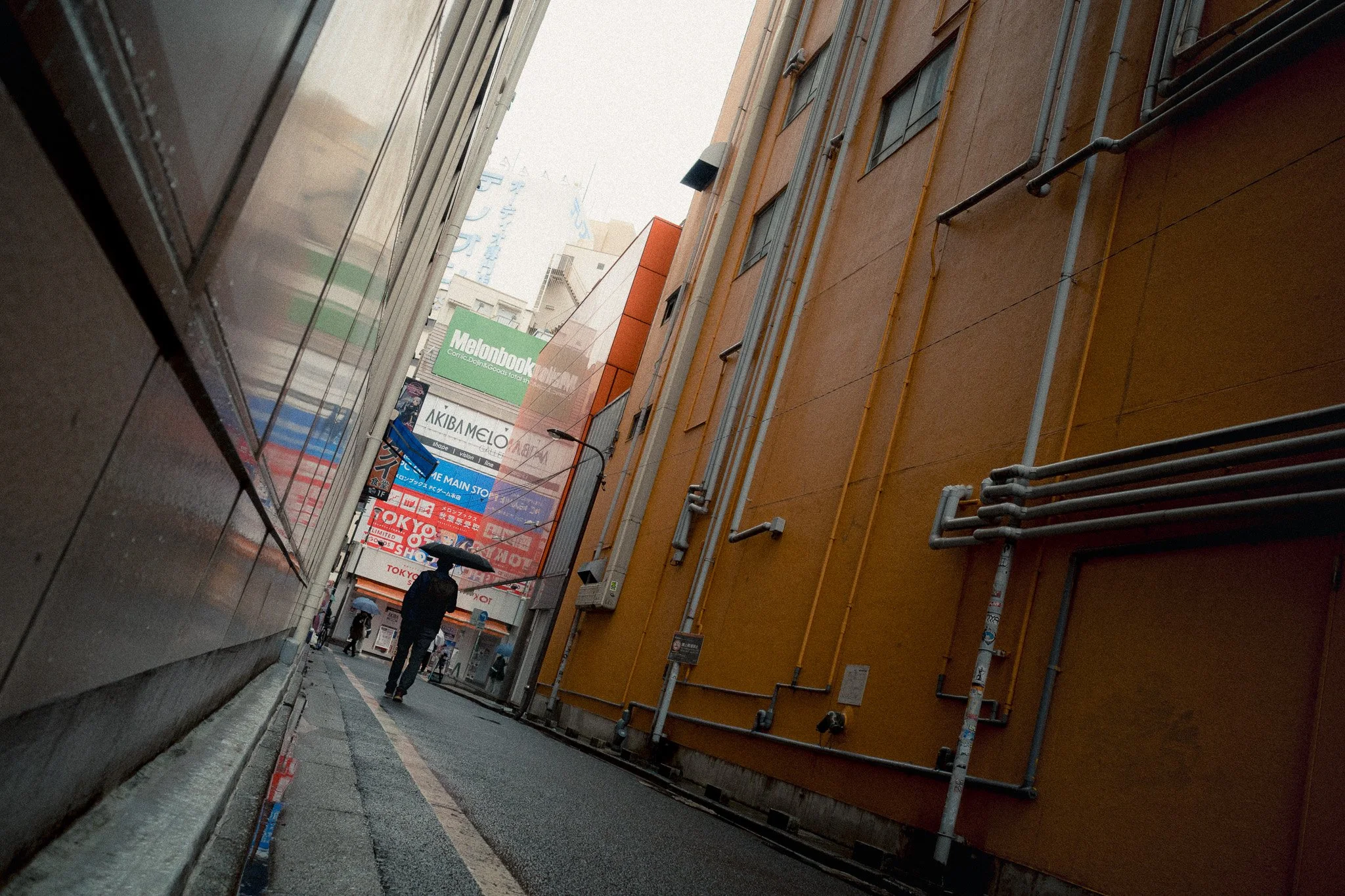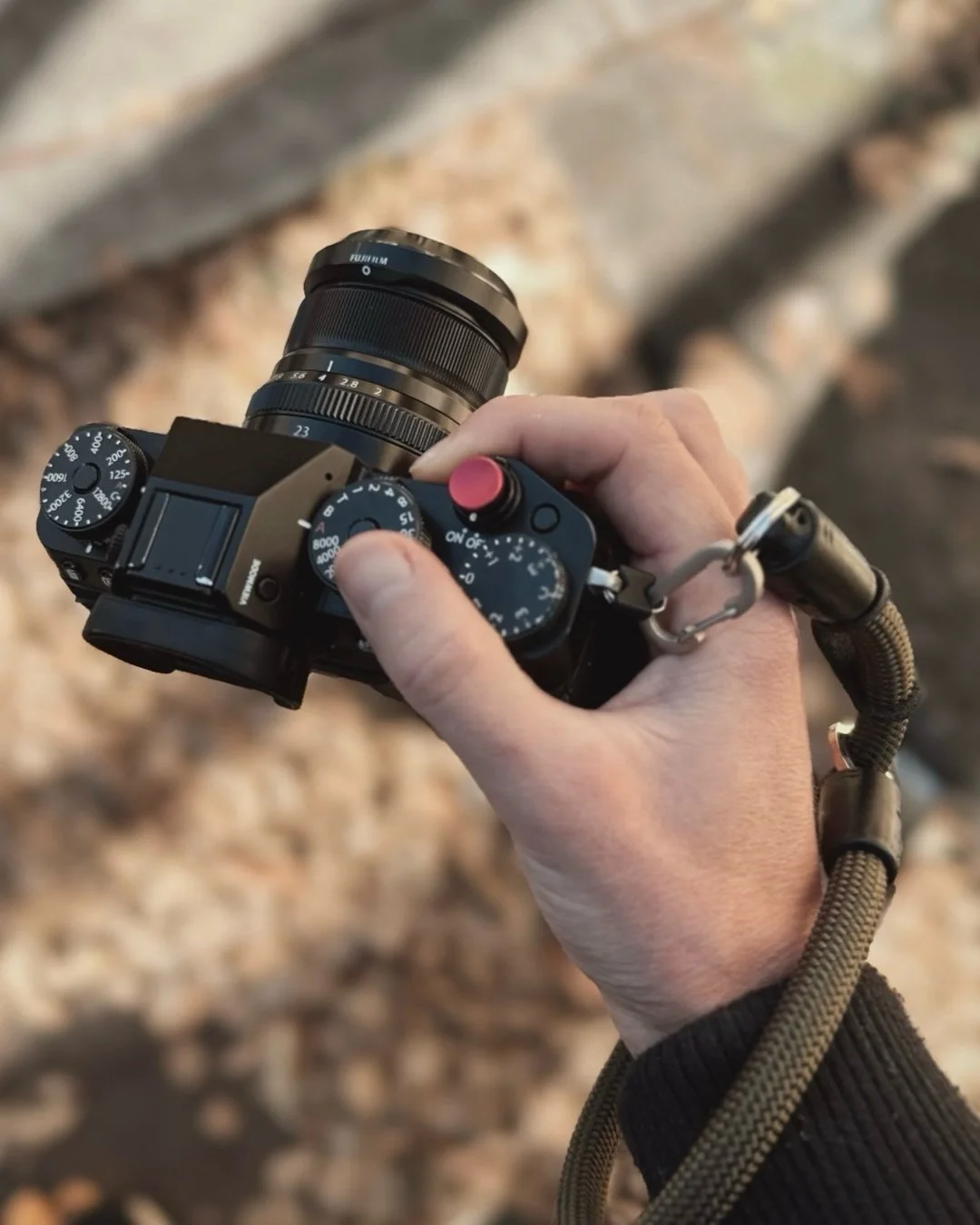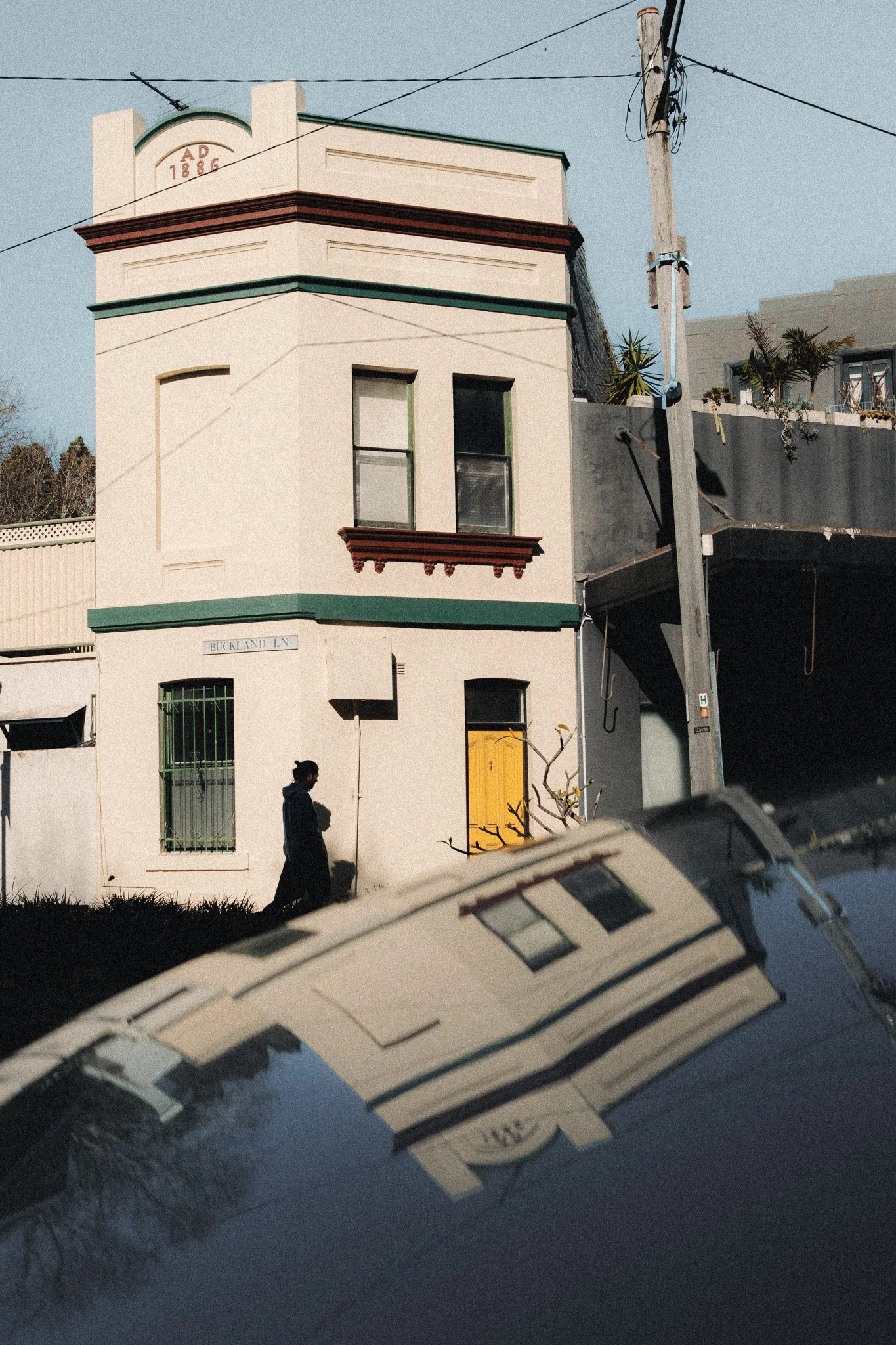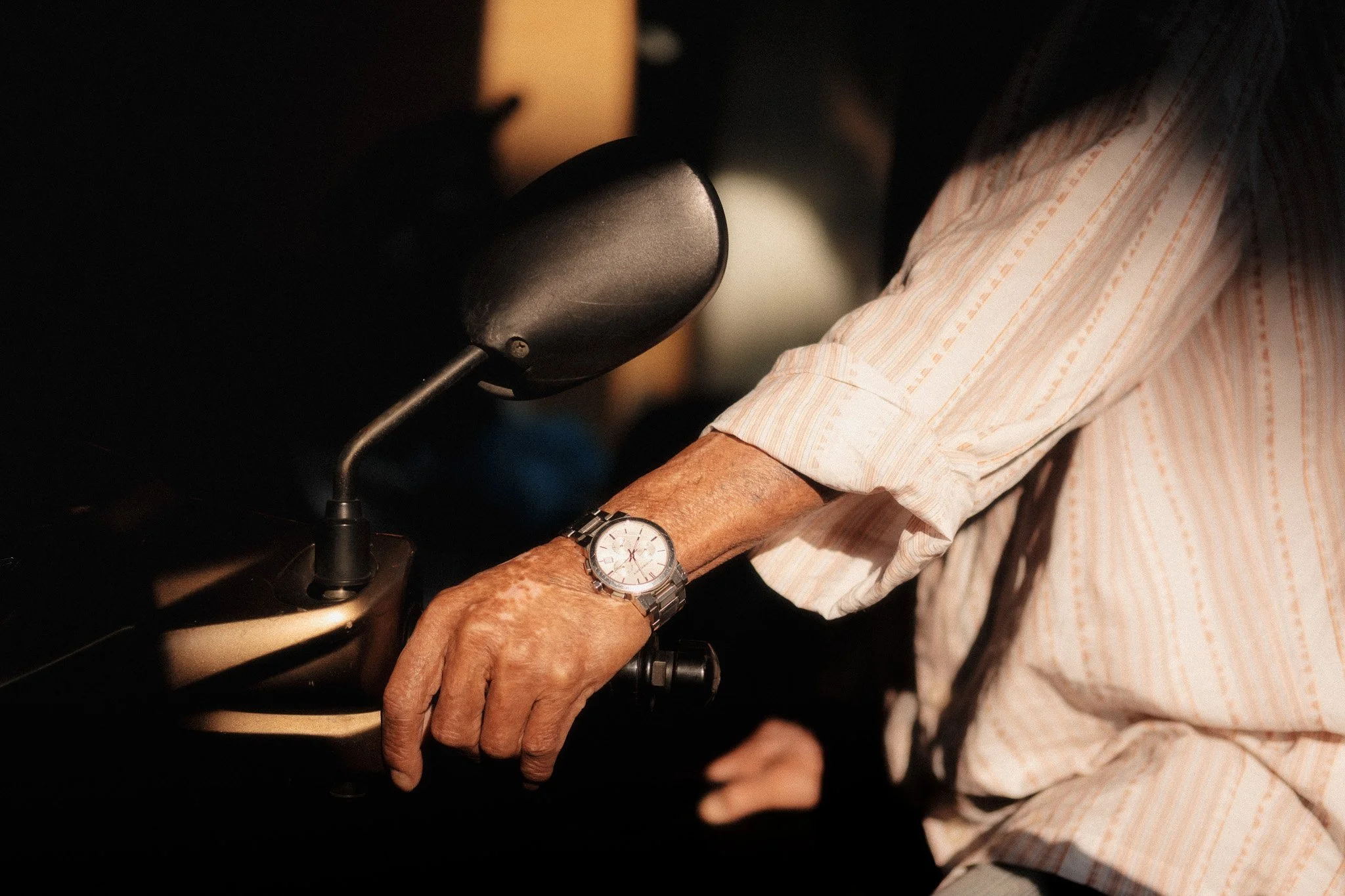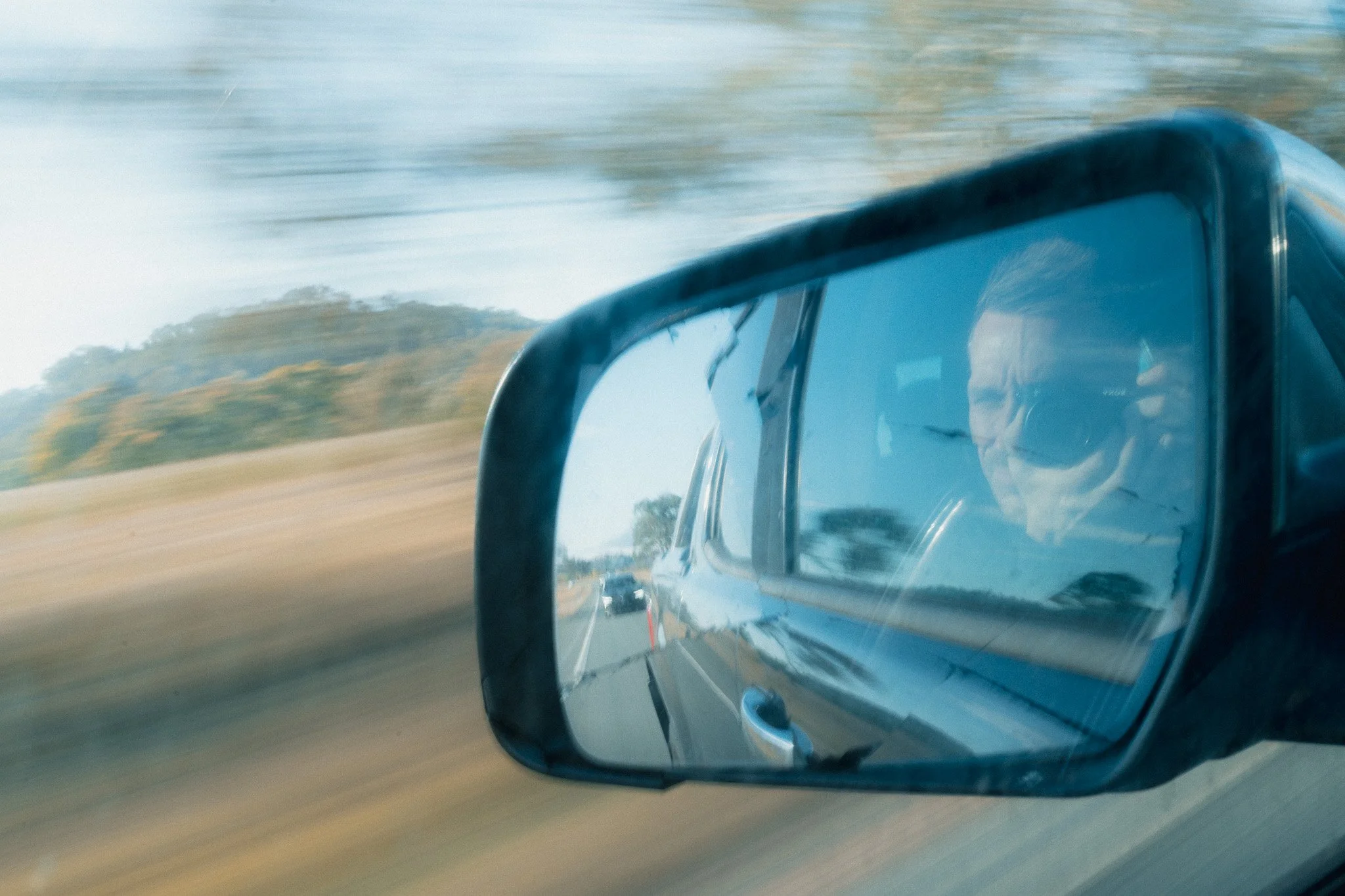I’m a Bad Photographer
If you’ve been second guessing your process lately, wondering if you’re doing photography wrong, this is for you.
I’ve been there. Caught in the spiral of trying to shoot the “right” way. Chasing settings, techniques, and gear choices that looked good online but didn’t feel natural in practice.
At some point, I lost the joy. Everything started to feel forced. Like I was performing photography instead of actually doing it.
So I hit reset. I stopped listening to what I should be doing and started following what felt right. And slowly, the spark came back.
If you're feeling stuck, maybe what helped me might help you too.
I Don’t Shoot Manual All the Time
There’s this weird badge of honor around using full manual mode… like unless you’re adjusting shutter, aperture, and ISO with your eyes closed in the middle of a tornado, you’re not really in control.
Cool. I can shoot manual. Sometimes I even like it when time permits it. But most of the time, Aperture Priority with Auto ISO gets the job done, and more importantly, it gets out of my way.
If the light’s changing fast or a interesting subject is in front of me, I’d rather keep my eyes on the scene than my thumb on the dials.
At some point I realised: the camera is a tool. Not an competency test.
I Crop My Images
I used to try and “get it right in camera” every single time. As if cropping in post was some kind of artistic failure.
This made me carry around around a bunch of zooms to cover every focal length. Shit that’s exhusting. Switching to just rolling around with one prime made me more intentional.
Sometimes I miss-frame and take the shot on an angle that didn’t work in camera. Or someone walks into the shot. Maybe the final image just feels better with a tighter crop.
Modern cameras give us resolution for a reason, so why not use it?
I Don’t Always Shoot Full Frame
I always had a full frame camera. Because I convinced myself I needed one.
It was part logic, part ego. I liked the low-light performance. I liked the look. But I also liked being able to say, “Yeah, I shoot full frame.”
Eventually, I started wondering if I was leaning on it too much, like it was some kind of creative crutch. So I did something that felt uncomfortable: I sold all of it and switched to a Fujifilm APS-C setup.
And I stuck with it. For over a year. Travel, street, whatever, I shot it all with that one system.
Here’s what I found: for the kind of work I do, the image quality was basically indistinguishable from full frame. I couldn’t see a meaningful difference. And something else happened too. I stopped obsessing over sharpness and dynamic range and noise.
I just took photos. And they were better.. at least in my own opinion. That’s enough cause I was proud of the shots. Even now, I have a full frame camera along side my Fuji. I actually enjoy using the Fuji more.
I Shoot Outside of Golden Hour
Golden hour is great. We get it. Cinematic light, warm tones, shadows that actually behave.
Reality check, if I only shot during golden hour, I’d maybe take 10 photos a year. Or rarely practice the process of photography.
I don’t always have the luxury of waiting for perfect light and even if I did, I’d probably miss half the shots I enjoy most. Midday sun, overcast skies, weird lighting from street signs, it all has a vibe if you learn how to see it.
I don’t want every photo to be perfect. Which leads me to the next point.
I Don’t Always Protect My Highlights
There’s a whole group of photographers who would rather underexpose their subject into oblivion than blow out a sky. I’ll just bring back the shadows in the edit.
Cool. I used to be one of them.
But over time, I stopped panicking about losing highlight detail. Some of my favourite shots have completely blown skies, sun flares bursting through and washing everything out. It’s a great way to “dirty up the frame,” give it a bit of grit and chaos.
Talking outside of light, sometimes my shots are out of focus, or not sharp cause I was on a wide aperture for a scene that needed more Depth of Field. So what…? if the photo is balanced enough, the imperfections can evoke a feeling.
Sometimes the emotion in a shot matters more than preserving every pixel of data. Sometimes you have to let the light run wild.
I Don’t Plan Every Shot
I used to plan meticulously. Locations, timing, cloud cover, shadow direction. And half the time, it never worked out anyway. Something would be off, crowds, weather, or just that weird intangible feeling that it’s not the shot I imagined.
Now? I just show up.
Sure, I might have a rough idea of where I’m going. But I let the scene guide me. I shoot what I see, not what I expected to see.
And just to be clear, I didn’t stop learning. I got more curious. Started watching how cinematographers use light, how studio photographers shape it. I went down a rabbit hole on the inverse square law.
Turns out I can be a nerd sometimes.
But the more I understood the why behind light, the more I could let go of trying to control everything. I stopped needing the conditions to be perfect. I just needed to be ready.
I Let Go of Expectations
This one was sneaky and sometimes still creeps in if i’m honest while traveling.
I’d head out with a vague idea of the shot I wanted, not even a full plan, just an expectation and anything that didn’t match it felt like a letdown.
I started missing the small, quiet moments right in front of me.
So now, I let go of all that. No shot list, no pressure. The photos I connect with most are the ones I didn’t go looking for. They just happened because I was there, and I was paying attention.
So… Am I a Bad Photographer?
If we’re judging by internet standards, probably.
But when I stopped chasing rules and started trusting how I see, the images got better. More instinctive.
And more importantly. I started enjoying it again.
If you’ve been stuck, second-guessing your process, wondering if you’re doing it wrong: you’re not.
You don’t need permission to shoot the way that works for you. You don’t need a checklist or a bigger sensor.
You just need to show up, stay curious, and make the photos you want to take.
If that makes you a “bad” photographer?
Good. Entry is free. Welcome to the club.



